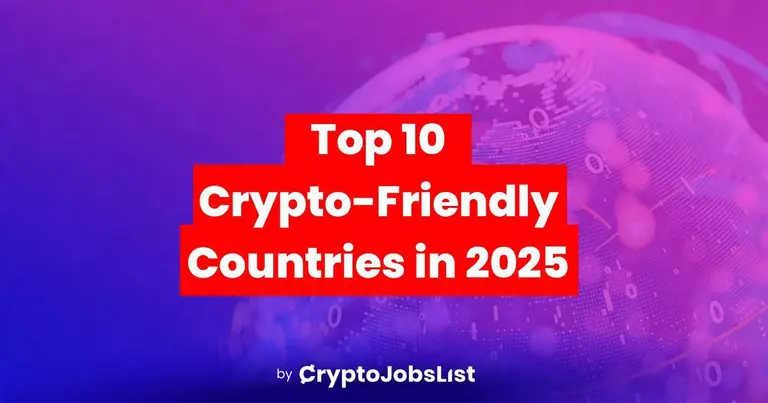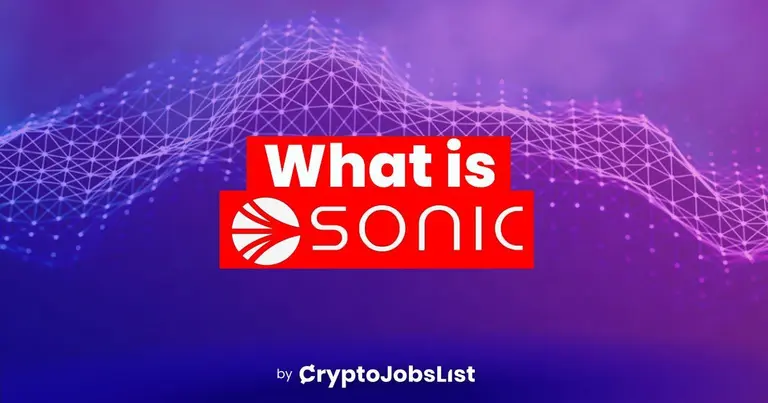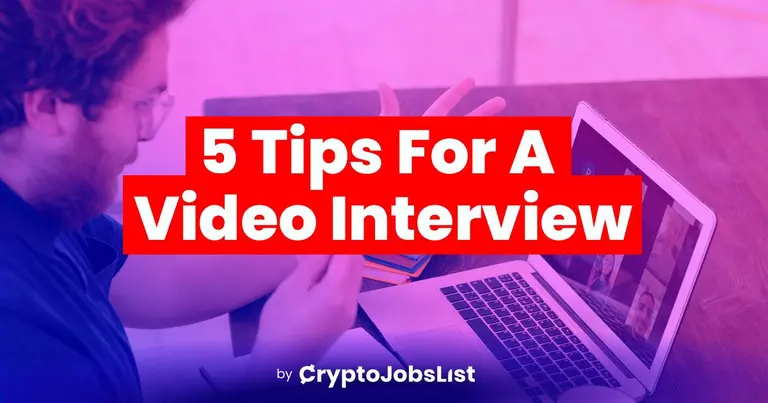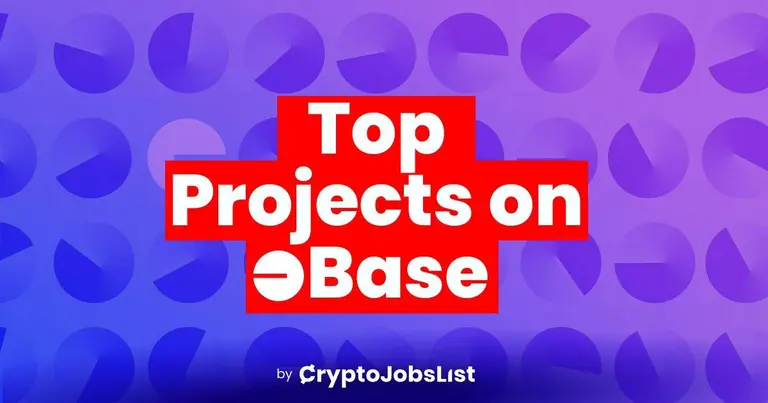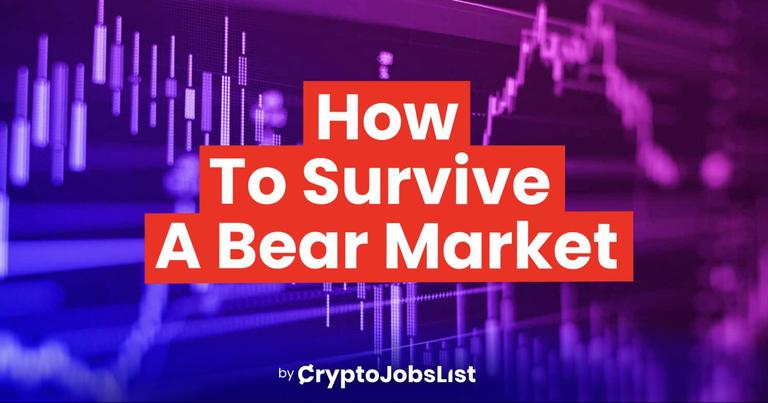KEY TAKEAWAYS:
- Career opportunities in blockchain are expanding, requiring a solid understanding of the field.
- The article provides a comprehensive list of blockchain developer interview questions and answers.
- Topics covered range from blockchain fundamentals to advanced concepts like DeFi, smart contracts, and consensus algorithms.
- Understanding both public and private blockchains is important for aspiring blockchain developers.
- Real-world applications of blockchain extend beyond cryptocurrency, impacting various industries.
- Consensus mechanisms are key to blockchain's functionality, with several types explored.
- The importance of cryptography in securing blockchain networks is highlighted.
- The evolving landscape of blockchain technology demands continuous learning and adaptation.
More and more companies are either moving into crypto completely or are starting to include blockchain into their existing architecture & because of this the opportunities to build a career in crypto are increasing at a rapid pace.
Whether you want to interview job candidates or have started your journey to get your first crypto job, this article will give you a comprehensive list of blockchain developer interview questions and answers that will help you through that interview.
We'll cover quite a wide range of blockchain-related topics, including the fundamentals of blockchain, its potential applications, smart contracts, consensus algorithms, DeFi, some general crypto knowledge and much more.
These questions are general blockchain questions, that means if you are applying for a web3 developer role you might be asked many more development specific questions.
We also shared a list of questions & answers for crypto community managers that you can check out in case you are thinking of building a career as a community manager in web3.
Each question is thoughtfully crafted to assess the understanding of concepts, the problem-solving abilities, and the ability to think of real-world applications of crypto.
So, let's dive in and explore these basic and advanced blockchain interview questions and answers.
Common Blockchain Interview Questions and Answers
1. What is blockchain?
Blockchain (both public blockchain and private blockchain), is a decentralized and distributed ledger system that records transactions, data, etc. It allows a transparent and tamper-resistant record without the need for any intermediaries.
2. What is a distributed ledger?
A distributed ledger is a database that is replicated and shared among multiple nodes or computers in a peer-to-peer network.
It enables participants to maintain a consistent and synchronized copy of the ledger without relying on a central authority.
3. What are the key components of a blockchain network?
The key components of a blockchain network include nodes, blocks, consensus algorithms, and encryption, in this case: cryptography.
4. How many total Bitcoins can exist in the world?
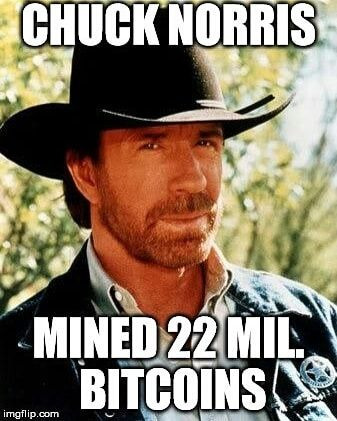
The max limit is 21 Million Bitcoins which should be reached about the year 2140. After this no new Bitcoins would be mined.
5. What is a smart contract?
A smart contract is a self-executing, immutable contract that lives on the blockchain where the terms of the agreement are directly written into the code. It automatically executes and enforces the actions when predetermined conditions are met.
For example: A royalty payment contract of an NFT sale might have a simple logic that executes itself every single time someone buys the NFT.
The logic could read something like: if party “A” buys an NFT from a collection “X”, then send 10% of the payment amount to the creator “B” of this collection.
6. What is the difference between public and private blockchains?
Public blockchains are open to anyone and allow anyone to participate in the network in a completely decentralized manner, whereas private blockchains restrict access and allow only selected entities or individuals to take part in the transactions on chain.
7. What is a fork in blockchain?
A fork is a split in the blockchain's protocol. It can be a result of a software upgrade, disagreement within the community, or a deliberate creation of a new blockchain with modified rules.
Bitcoin Cash & Bitcoin Satoshi Vision are 2 forks of Bitcoin that were forked in August 2017 and November 2018 respectively.
8. What are the advantages of using blockchain technology?
Some advantages of blockchain technology include decentralization, transparency, enhanced security, increased efficiency, reduced costs, and the elimination of intermediaries.
9. How does consensus work in a blockchain?
Consensus algorithms are used to achieve mass agreement on the state of the blockchain. They ensure that all nodes come to a consensus on the validity of transactions and the order in which they will be added to the blockchain.
10. Share a few consensus mechanisms that you know of
Apart from Proof Of Work & Proof Of Stake there are many new consensus mechanisms being developed such as Proof Of History, Proof Of Attendance, Proof Of Capacity, Proof Of Activity, Delegated Proof Of Stake etc.
11. What is a Merkle tree, and how is it used in blockchain?
A Merkle tree, also known as a hash tree, is a data structure that allows efficient verification of the integrity of the data. The leaf and non leaf nodes contain the cryptographic hashes of the data blocks & child node labels respectively.
12. What is the role of cryptography in blockchain?
Cryptography plays the most crucial role in blockchain by providing secure encryption, digital signatures, and hash functions.
Blockchain works the way it works because of cryptography.
13. Who is Vitalik Buterin?

Vitalik Buterin is the co-founder of Bitcoin Magazine and the co-founder of Ethereum.
Other Co-Founders of Ethereum include Gavin Wood (started Polkadot), Charles Hoskinson (started Cardano), Mihai Alisie, Anthony De Lorio, Amir Chetrit, Jeffery Wilcke & Joseph Lubin (started ConsenSys).
14. What is a 51% attack in blockchain?
A 51% attack refers to a situation in which a single entity or group gains control of more than 50% of the total computing power in a blockchain network.
This control allows them to manipulate transactions and potentially double-spend coins.
15. How can blockchain be used beyond crypto?
Blockchain has many applications beyond crypto. It can be used for supply chain management, healthcare records, identity verification, voting systems, DeFi, and more.
16. What consensus mechanism does Ethereum blockchain run on?
ETH used to run on Proof Of Work but in September 2022 the “merge” happened post which ETH moved on to use a Proof Of Stake mechanism.
17. Explain the difference between permissioned and permissionless blockchains.
Permissioned blockchains require participants to have explicit permission to join the network and start validating transactions. Permissionless blockchains, on the other hand, are open to anyone without getting prior authorization.
18. What is a private key and a public key in blockchain?
A private key is a randomly generated secret key known only to the owner.
It is used to sign transactions and provide proof of ownership. A public key is derived from the private key and is used to verify signatures and encrypt data.
The private key must be kept a secret at all time since anyone who has access to the private key can move crypto and sign transactions from the wallet.
19. What is the role of mining in a blockchain network?
Mining is the process of validating and adding new transactions to the blockchain.
Miners compete to solve complex mathematical problems, and the ones who deploy the block on chain get rewarded.
20. Can you explain the concept of immutability in blockchain?
Once a transaction is confirmed and added to the blockchain, it becomes nearly impossible to alter or delete it. This can also involve the deployment of smart contracts on the chain.
However protocol contracts do need to be updated from time to time and developers have various approaches to it which make some of these “kind of mutable”.
21. What is a digital signature in blockchain?
A digital signature is used to verify the authenticity and integrity of a message, document, or transaction.
It provides proof that the data has not been tampered with and that it originated from a specific sender.
22. Explain the concept of tokenization in blockchain.
Tokenization involves representing assets or digital rights as digital tokens on a blockchain.
These tokens can be transferred, traded, and recorded on the chain, enabling fractional ownership and increased liquidity.
23. What is the difference between a public key and an address in blockchain?
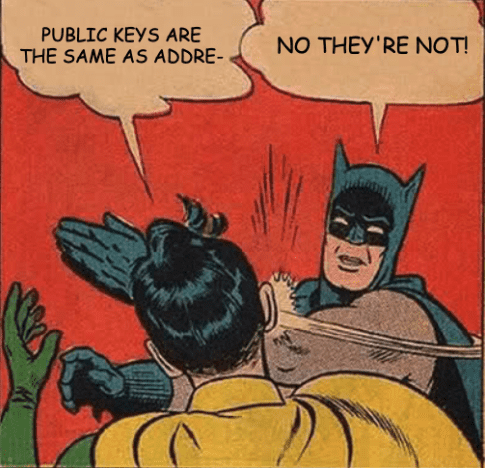
A public key is derived from a private key and is used for encryption and signature verification.
An address is a hashed version of the public key and serves as a specific user's identifier on the chain.
24. Which was the first country to legalize Bitcoin as a tender?
In September 2021, El Salvador became the first country to recognize Bitcoin as a legal tender.
25. How can blockchain help in reducing fraud?
Blockchain can help reduce fraud through transparency and traceability of every block in transactions.
Because transactions on public chains are verifiable and transparent, they can be traced and mapped to users during an off ramp.
26. Can you explain the concept of a DApp?
A DApp is an application that runs on a blockchain network rather than a centralized server.
It utilizes smart contracts and operates with transparency and autonomy.
27. What’s an automated market maker?
AMM is a key concept in DeFi that uses liquidity pools and algorithms to enable decentralized trading.
It eliminates the need for traditional order books and allows users to trade assets directly against the pool.
This blockchain system allows for continuous liquidity and eliminates the need for intermediary market makers.
28. How can blockchain impact supply chain management?
Blockchain can enhance supply chain management by providing a transparent and secure record of product movement, provenance verification, real-time tracking, and automated smart contract-based agreements.
29. How can blockchain improve data privacy?
Blockchain technology improves data privacy by providing encryption and permission-based access control.
It allows people to have control over their personal data and share it securely with others.
30. What are some potential challenges or limitations of blockchain?
Some notable challenges include scalability, regulatory uncertainty, interoperability, and the need for widespread adoption to realize its full potential.
Blockchains become more secure as more users join the network and the adoption increases, so this would technically be the biggest challenge right now.
31. How can blockchain revolutionize the financial industry?
Blockchain can change the financial industry by providing faster and more secure transactions, reducing costs, improving transparency, enabling financial inclusion, and streamlining processes such as cross-border payments and remittances.
However it does take away the middlemen which some traditional financial institutions do not like, which also is another challenge..
32. Can you explain the concept of a hash function in blockchain?
A hash function is a cryptographic function that takes an input and produces a fixed-size output (hash value).
It is used to ensure data integrity, as even a minute change in the input results in a significantly different hash value.
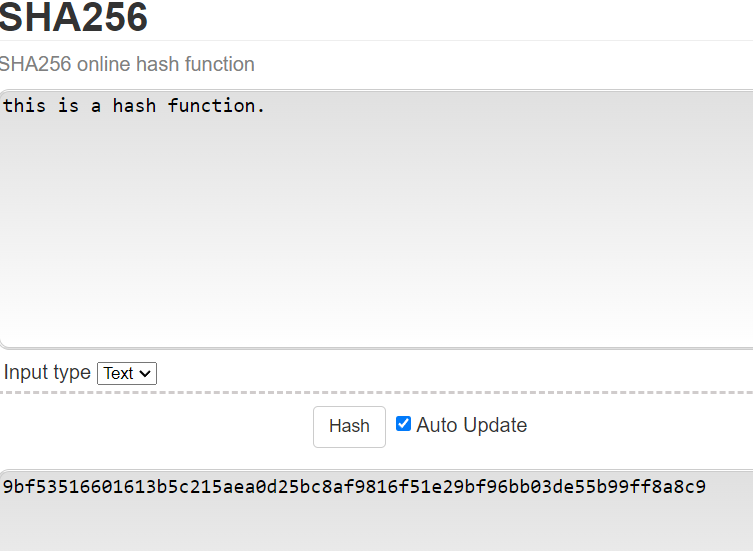
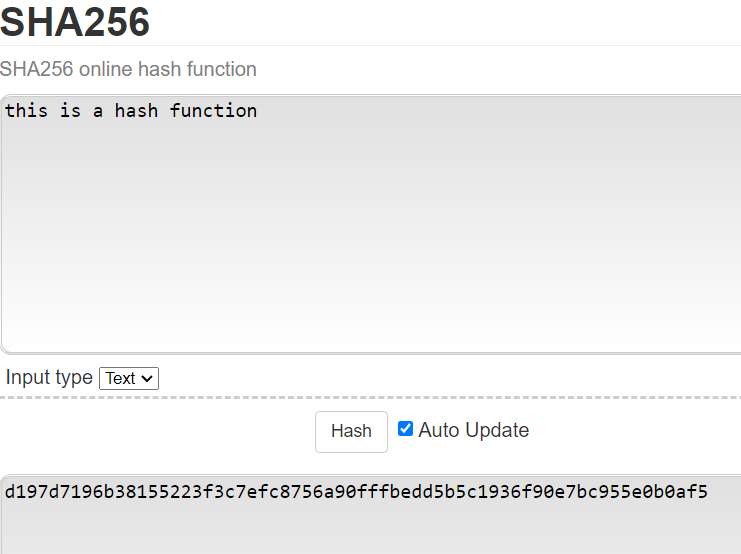
33. How does blockchain ensure data integrity?
Blockchain ensures data integrity through the use of hash functions.
Each block in the blockchain contains a hash value that represents the data within the block.
Any alteration to the data would change the hash value, alerting the network to tampering attempts.
Any attempt to change the data in a block immediately causes the hash to change which also makes it possible to track the malicious party.
34. Explain the concept of a digital twin.
A digital twin refers to a digital representation of a physical object or asset.
It can store relevant information about the object, such as its provenance, maintenance history, and ownership records, on the blockchain project.
35. What are the potential applications of blockchain in healthcare?
Blockchain can be used in healthcare for secure medical records, tracking pharmaceutical supply chains, clinical trials, telemedicine, and the management of healthcare-related IoT devices.
36. Can you explain the concept of a public key infrastructure (PKI) in blockchain?
A public key infrastructure (PKI) is a system of digital certificates, public keys, and trusted authorities that enable secure communication and verification of identities in a blockchain network.
37. How does blockchain address the issue of trust?
Blockchain completely eliminates the need for trust in intermediaries by providing a decentralized and transparent system where transactions and data can be verified by participants.
The trust is placed in the consensus algorithm and cryptographic techniques.
There is a popular quote in crypto: “code is law”
38. Explain the concept of a sidechain.
A sidechain is a separate blockchain that is interoperable with the main chain.
It allows executing specific functions or applications without congesting the main blockchain in turn providing scalability and flexibility.
39. What are the potential benefits of blockchain in the insurance industry?
Blockchain can bring quite a few benefits to the insurance industry, such as streamlining claims processing, reducing fraud, enhancing transparency in policy management, and facilitating peer-to-peer insurance models.
40. Can you explain the concept of NFTs?
NFTs are unique digital assets that represent ownership or proof of authenticity of a specific item or piece of content.
Unlike crypto currencies, NFTs cannot be exchanged on a one-to-one basis due to their unique characteristics in essence they are Non Fungible Tokens.
41. How can blockchain impact the energy sector?
Blockchain can enable peer-to-peer energy trading, facilitate transparency in energy supply chains, improve grid management, and possibly even incentivize renewable energy production through tokenization and smart contracts.
42. Explain interoperability.
Interoperability refers to the ability of different blockchains or DApps to communicate with each other, exchange data, and interact with each other seamlessly. It allows for the flow of information and value across different blockchain networks.
43. What are the potential challenges of implementing blockchain in government systems?
Challenges of implementing blockchain in government systems include regulatory compliance, data privacy concerns, integrating with existing legacy systems, ensuring consensus among multiple parties, and managing the scalability of the network.
44. What is the difference between a hardware wallet & a software wallet?
A hardware wallet is a physical device specifically designed to store crypto keys offline.
It provides enhanced security by keeping the private keys isolated from internet-connected devices, whereas software wallets are digital applications installed on computers or mobile devices.
The keys might be stored in the browser or the device depending upon the software wallet in turn making them less secure because if the host device or the program gets infected then there is a good chance that the private keys are going to get compromised as well.
45. What is the role of zero-knowledge proofs in blockchain?
Zero-knowledge proofs are cryptographic protocols that allow one party to prove knowledge of certain information to another party without revealing the actual information itself. They can be used to enhance privacy and confidentiality.
46. Explain the concept of a decentralized exchange (DEX).
A DEX is a blockchain platform that allows users to trade crypto directly with each other without the need for centralized intermediaries.
DEXs operate on blockchain through smart contracts and provide greater control and security over the trading process.
47. What is an EIP?
EIPs are Ethereum Improvement Proposals that are submitted by the community to suggest improvements/additions to Ethereum network.
EIPs help keep Ethereum improving continuously.
48. What is an EVM?
EVM stands for Ethereum Virtual Machine. It’s an environment that allows the execution of smart contracts on the Ethereum network.
EVM allows blockchain developers to build with a uniform codebase while making sure it will run on Ethereum network, irrespective of what they are building.
49. How can blockchain impact the music industry?
Blockchain can help deal with issues around copyright ownership, royalty distribution, and transparent music licensing in the music industry.
It can also enhance the direct distribution of content to the users without any intermediary costs to the users or the artists.
50. What are the potential applications of blockchain in the gaming industry?
Blockchain can enable secure ownership and trading of in-game assets, facilitate decentralized gaming platforms, create provably fair gameplay mechanisms, and incentivize player engagement through token rewards.
NFTs are a great medium that are starting to gain traction within the gaming community, especially for skins and in-game asset trading.
51. Explain the concept of a decentralized autonomous organization (DAO)
A decentralized autonomous organization (DAO) is a self-governing organization implemented on the blockchain. It operates based on smart contracts and allows members to participate in decision-making and governance without central authority.
52. What are some popular DeFi protocols that you know of?
Some popular protocols out there are AAVE, Uniswap, Compound, MakerDAO & Pancake Swap.
53. Can you explain the concept of flash loans?
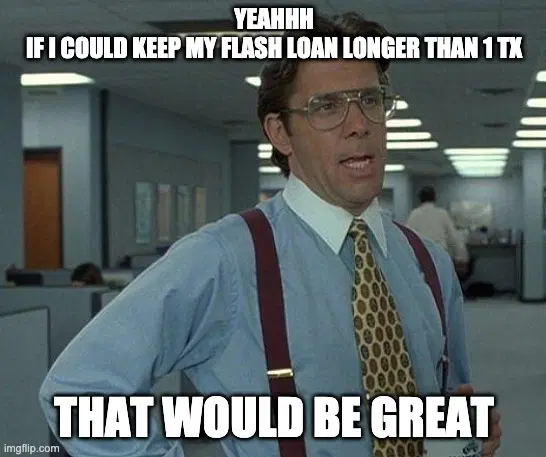
Flash loans are uncollateralized loans that allow users to borrow funds temporarily, provided the borrowed amount is returned within the same transaction.
They enable arbitrage opportunities and other complex DeFi strategies. With flash loans however the risk increases manyfold for the person so they are definitely not recommended to beginner traders.
54. How can blockchain be utilized in the voting system?
Blockchain can provide a transparent and tamper-resistant voting system by ensuring the immutability and integrity of votes, enhancing voter verification, and enabling secure and auditable elections.
55. What is an Oracle?
A blockchain oracle is a bridge between the blockchain and external data sources.
It brings off-chain data to the chain, allowing smart contracts to interact with real-world information, such as stock prices or weather conditions.
56. What is sharding?
Sharding is a technique used to improve scalability by dividing the network into smaller parts called shards.
Each shard processes a subset of transactions, allowing for parallel processing and increasing the overall network capacity.
Frequently Asked Questions
What are the 4 types of Blockchain networks?
There are four main types: public (open, permissionless), private (controlled, permissioned), consortium (shared governance), and hybrid (combines public and private elements).
How can Blockchain technology be useful to the Maritime industry?
Blockchain can improve efficiency and transparency in areas like supply chain tracking, document handling, and cargo insurance.
What are organizations that can use Blockchain technology?
A wide range of organizations can benefit from blockchain, including financial institutions, supply chain companies, healthcare providers, and government agencies.
Wrap Up
Remember to prepare for interviews by studying the specific requirements and job description of the position you are applying for.
If you’ve made it till here then Congratulations!
You've really taken the time and effort to learn and build a career for yourself in Crytpo & Web3.
As a next step we will advise you to create a talent profile on CJL as well as check out if there are any attractive job postings where you can apply.
Now, this article has provided you with a solid foundation to tackle crypto & web3 related interviews confidently.
Remember, the crypto industry is continuously evolving, and it's crucial to stay updated with the latest trends, developments, and advancements.
Keep exploring new resources, engage in social media communities through Twitter & Discord, and continue to enhance your understanding of this amazing tech wonder.
Best of luck in your future interviews and the exciting opportunities that lie ahead!



